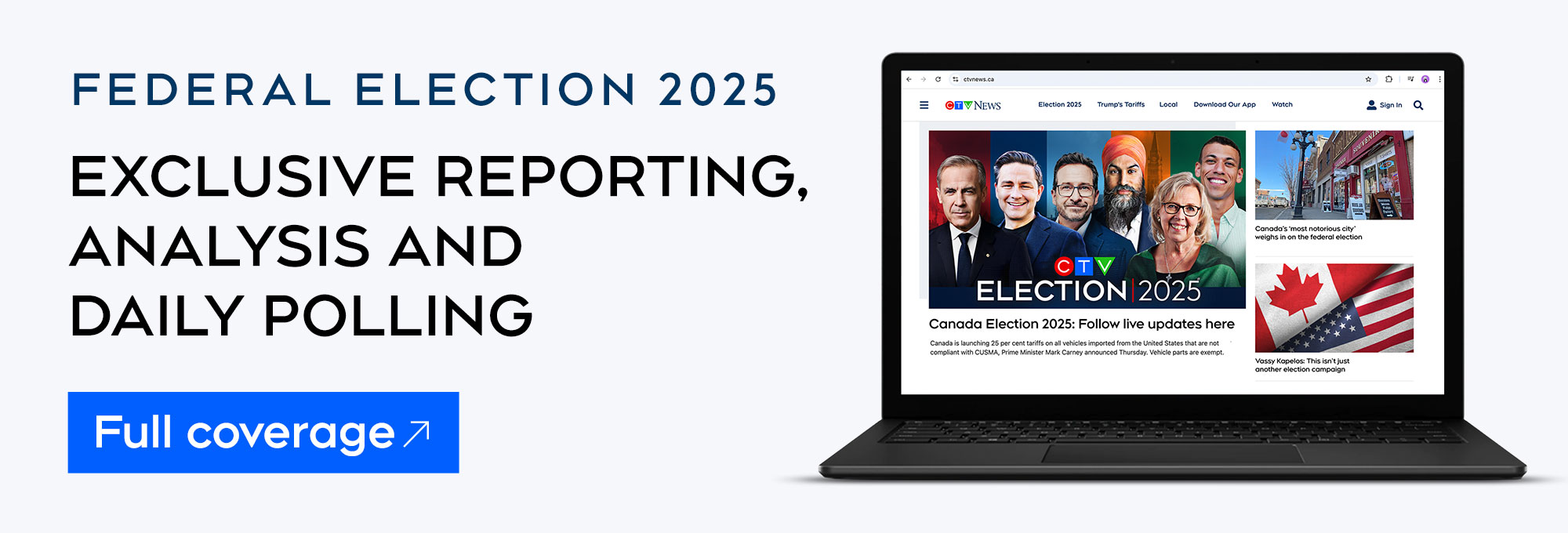Advocates and drug policy experts are slamming changes to a province-wide program offering prescription opiates.
On Wednesday, Health Minister Josie Osborne announced the Prescribed Alternatives Program – often referred to as safe supply – would be moving to a witnessed-only model, requiring patients to consume opioids in front of a healthcare professional.
“I recognize that this is a difficult change for some,” Osborne said at the press conference.
Her admission was an understatement to those who work on the front lines of the toxic, illicit drug crisis.
Brett Van Bergen, a coordinator with the Abbotsford Drug War Survivors, said he was angered by the minister’s announcement.
“So [it will] absolutely lead to death and more harm and less functionality in the drug user community,” he said.
“In a time where we need to ramp up our harm reduction, we are actively moving away from it.”
The province said this shift in policy was to reduce criminal diversion of prescribed alternatives to illicit street drugs – something opposition critics have come down hard on the NDP for.
‘It’s really a distraction’
Guy Felicella, a harm reduction and recovery advocate, said while there has been some diversion in the program, it isn’t as widespread as some politicians have touted.
“Safe supplied prescribed alternatives are not killing people,” he said. “The toxic drug supply is, and so as some politicians keep alluding to, that safe supply is causing the damage – it’s really a distraction from what’s really killing people in our society.”
Felicella said while it’s important to evaluate programs, he worries the witnessed-only requirement will be a barrier.
“You cannot expect somebody who’s working seven days a week to actually start going to a pharmacy three or four times a day,” he said.
“What will happen then, is that it will probably deter people from the program and their recovery journey and drive them back to the unregulated drug supply.”
‘No evidence’
DJ Larkin, the executive director of the Canadian Drug Policy Coalition, said the impact will largely be felt in remote and rural communities.
“If you think about Northern B.C., daily dispensing is impossible,” they said. “Travel is impractical or impossible. Indigenous people are already disproportionately devastated by the crisis.”
Larkin added there’s a lot of misunderstanding about what’s driving the toxic drug crisis and diversion.
“First of all, there’s no evidence that these prescribed medications are driving harm or driving death,” they said.
“Second, there has always been prescription medication available in the street market, way before safer supply programming existed because there’s a market for it.”
According to the province, the number of British Columbians on prescribed alternatives peaked at almost 5,200 patients in March 2023, and decreased to fewer than 3,900 in December 2024.
In 2024, B.C.‘s top doctor pushed for an expansion of the province’s safer supply policy, saying in a report the program is “an ethically defensible way” to reduce harms for people who use drugs.







